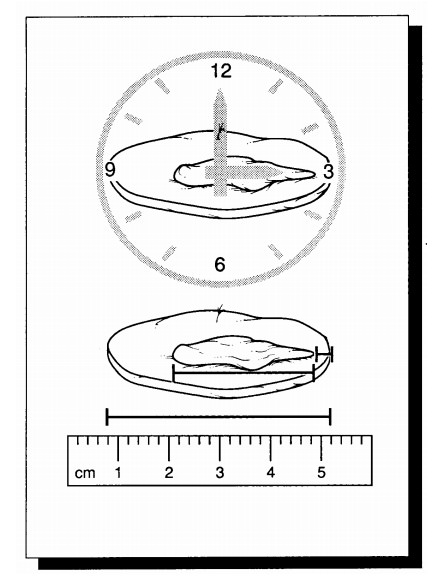Chapter: Surgical Pathology Dissection : General Approach to Surgical Pathology Specimens
Safety in the Surgical Pathology Laboratory
Safety in the Surgical Pathology Laboratory
The key
to safety in the surgical pathology labora-tory is to recognize that this area
is a dangerous place. A variety of noxious chemicals are rou-tinely used in the
surgical pathology laboratory, and tissues infected with the human
immunode-ficiency virus (HIV), hepatitis viruses, mycobac-teria, and other
agents enter through its doors on a daily basis. Not only are these infectious
agents present in the laboratory, but their transmission is also facilitated by
the frequent handling of bloody tissues and the routine use of surgical blades,
knives, saws, and other sharp instru-ments. Clearly, the surgical pathology
laboratory is no place to ‘‘let down one’s guard’’ by becom-ing careless or
distracted. Rather, safety in the work area should become an ingrained habit,
and universal precautions should be exercised with all specimens.
Protective Gear
The
prosector should regard all tissues as poten-tially infectious, not just those
tissues removed from patients known to have an infectious dis-ease. For the
protection of oneself and for the safety of others, the prosector should wear
pro-tective gear in the cutting area at all times. Protective gear prevents
contact of potentially infectious materials with the skin and mucous membranes,
and it diminishes the transfer of infectious material outside of the surgical
pa-thology laboratory. At the very least, protective gear should include
surgical scrubs, waterproof shoe coverings, a surgical gown and/or water-proof
forearm wraps, gloves, a cap, a mask, and eye protection. A waterproof apron
should also be worn to prevent the absorption of fluids onto the clothing and
skin. Hands should be protected by well-fitting surgical gloves. To prevent
seepage of fluids, two pairs of gloves are preferred to one pair, and these
gloves should be changed frequently. Keep in mind that even two pairs of gloves
will not protect against punc-tures and cuts. Fine mesh metallic or synthetic
gloves that are cut-resistant are recommended in those instances where one is
unfamiliar with the use of a sharp instrument or when one is dissecting a
specimen with sharp edges (e.g., a bone resection). Soiled or bloody garments
and coverings should not be worn outside of the cutting area.
Disposal of Instruments and Trash, and Storage of Specimens
In order
to avoid inadvertent wounds, there should be no more than one blade in the
dissec-tion field at any one time. Needles, razor blades, scalpel blades, and
other sharp disposable ob-jects should be promptly discarded into appro-priate
containers following their use. Trash items soiled with blood or other
potentially infectious materials should be discarded into designated biohazard
containers located in the cutting area. Upon completion of the dissection, the
specimen should be stored in a container with adequate formalin. Specimen
containers should be wiped clean of any potentially infectious materials,
securely closed to prevent leakage, accurately labeled, and stored in a
designated storage area.In cases of known viral hepatitis, HIV infection, or
tuberculosis, the cutting area should be washed clean and wiped with a
disinfectant such as dilute bleach, and a biohazard label should be affixed to
the specimen container.

Related Topics